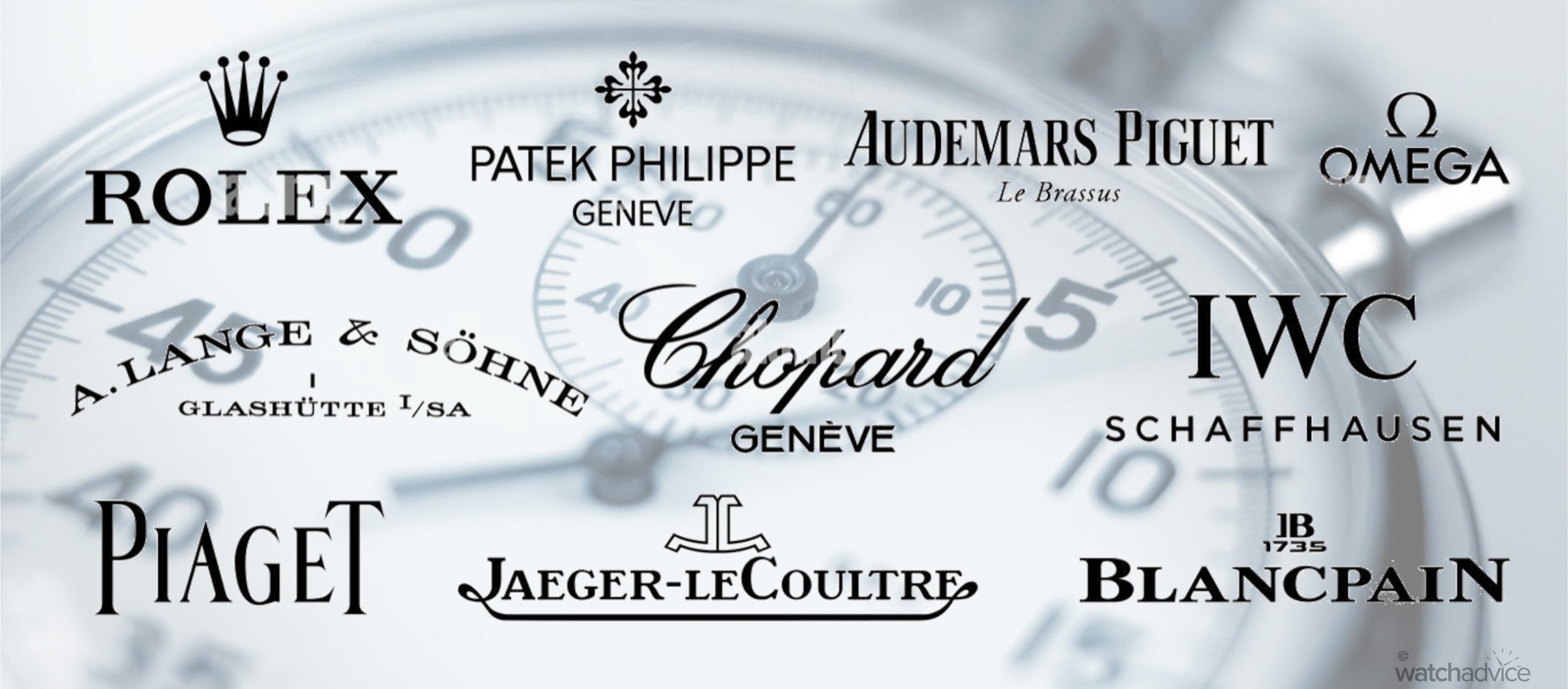After what feels like a turbulent few months, we’ve officially passed the halfway point of the year! So now feels as good a time as any to discuss where the watch world is at right now.
The mood this year has been harder to pin down than usual. Big brands are still chasing prestige, prices continue to climb, and the ultra-luxury segment shows no signs of slowing. Well, at least on the surface. Beneath all the humdrum, though, something else has been taking shape. A growing number of watch buyers seem less interested in playing the exclusivity game and more interested in finding value, clarity, and connection in their timepiece of choice. That subtle shift — especially around the middle of the market — might end up being the most important story of the year.
So far, 2025 has been a year of quiet recalibration. While the headlines still belong to record-breaking innovations and limited-edition hype drops, the real story might be unfolding further down the price ladder. Beneath the surface, there’s a shift in sentiment — a growing interest in value, substance, and watches that feel more personal than performative.
This WatchAdvice Halftime report isn’t about sales figures or market share – though they do still play a massive part here. Instead, it’s more of an observation about how consumers have started to behave. It’s about tone, energy, and where the momentum seems to be heading. And right now, all signs point to the middle.
Moving On Up
It doesn’t take the most Sherlock-esque amount of observation to notice that the price of a luxury watch has been increasing. Most of this can be chalked up to inflation and broader economic uncertainty across key watch-owning regions, not to mention exchange rates and other factors (Matt wrote about these here) but what’s more concerning is that while prices continue to climb, the value retention many collectors once relied on has begun to erode. Not that we’re saying you need to account for this, but many buyers and collectors do.
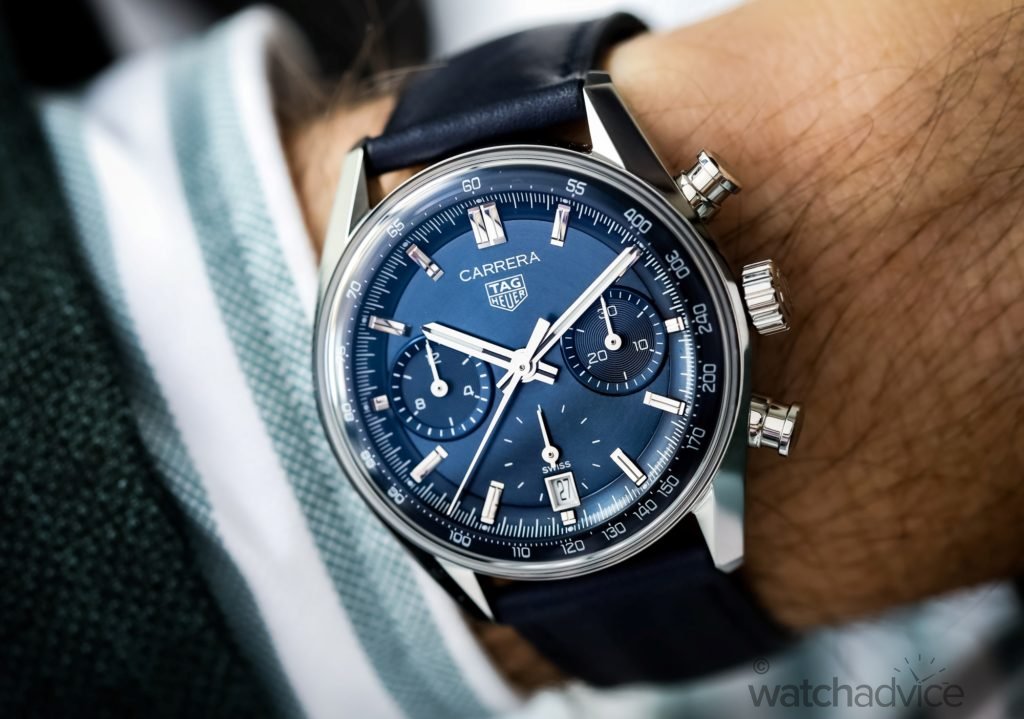
Take TAG Heuer as an example. Several price increases have crept in quietly, with the Carrera Glassbox rising from AU$9,350 to AU$9,900 in 2025 — a not insignificant jump of 6% over two years. But, in context, Australian inflation across 2023 and 2024 was 5.6% and 3.16% respectively, accounting for a compounded rate of 8.96% during this time, so it’s not as bad as it seems. Additionally, the Glassbox Tourbillon, once positioned around AU$35,000, has now rocketed well into the AU$50,000s. And yet, TAG Heuer’s increases still, somehow, seem relatively measured — especially when you see what’s going on at the top.
Rolex, for one, has already rolled out two price hikes this year, citing changing global market dynamics, while both Audemars Piguet and Patek Philippe have followed suit. Some brands and models within will be greater due to things like demand, as well, let’s not forget that. Other players under the Richemont and Swatch Group umbrellas are certain to do the same — if they haven’t already. Regardless if you look at it from one brand or another, the consensus is still the same: a lot of the household names are moving on up, so to speak, and leaving many of us behind.
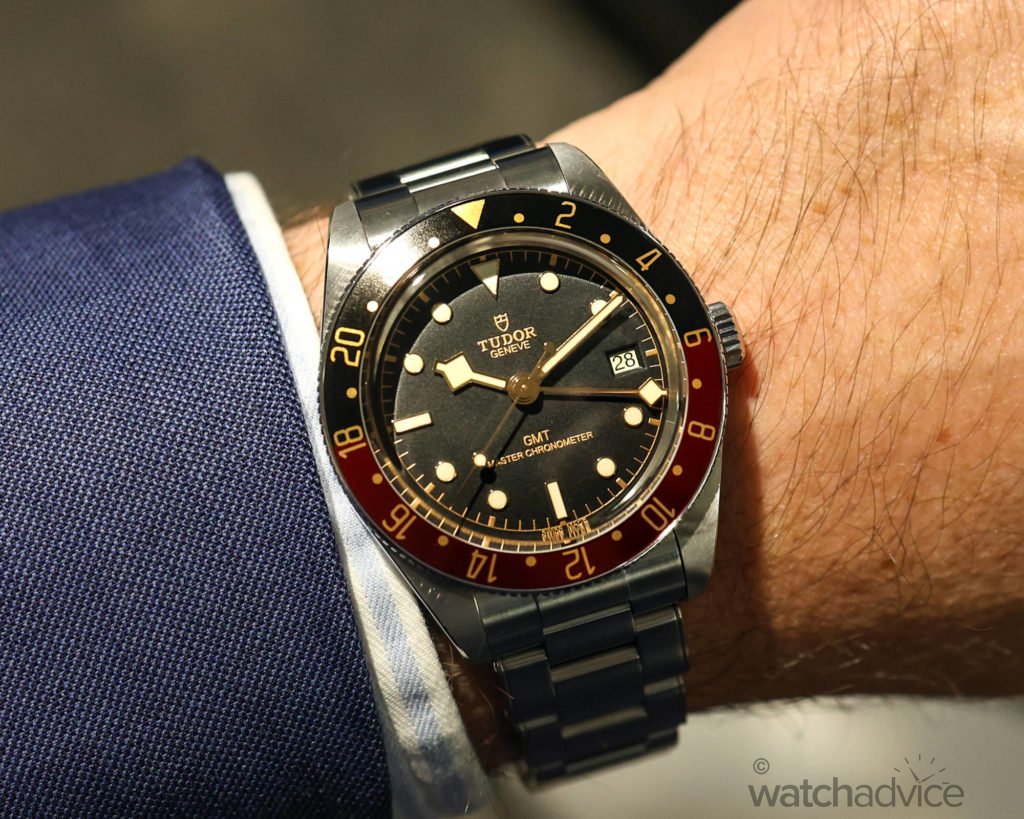
Tudor is perhaps the most significant example in all of this. While Tudor in the past has been celebrated as a reliable, accessible alternative to the Crown, they have in recent years begun stepping out of their sister brand’s shadow to form their own identity. While this is a big win for watch lovers and Tudor fans alike, who – let’s face it – were well and truly tired of the endless slander of the Shield, this new chapter comes at a price – literally!
Tudor’s prices have slowly been creeping up, along with all other brands. The Tudor Black Bay 58 GMT is but one of several pieces I could cite here, as upon release at Watches and Wonders 2024, it was touted at AU$6,810. By current time of writing, however, this figure has ballooned to AU$7,390. That’s about an 8.5% increase in price over just 15 months. But, I’ll temper this again with the aforementioned compounded inflation of almost 9% over that time, so when you look at it in context, it seems about right. And I would be remiss not to mention the value Tudor still commands as it has, generally speaking, been priced very, very competitively, and punching above its price point.
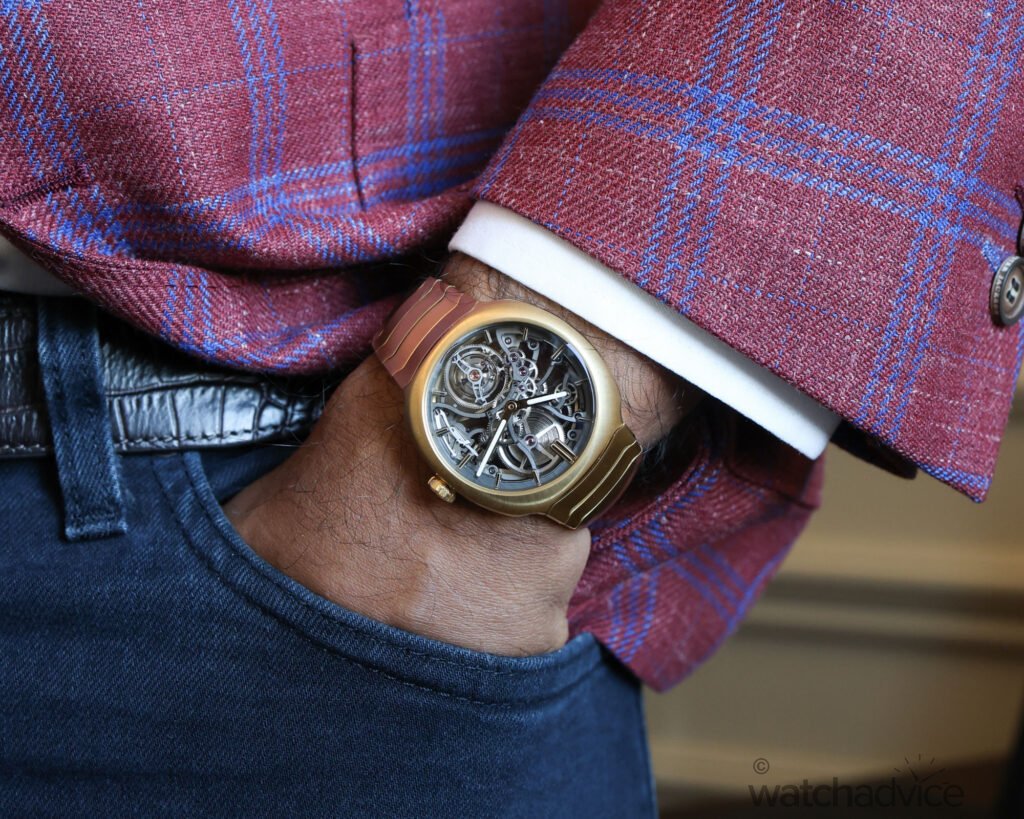
All of this raises a critical question: how much further can brands push the price envelope before they begin alienating even their most loyal collectors? As it turns out, many have already started looking elsewhere. While both WatchCharts and Morgan Stanley report continued demand for established names on the secondary market, even blue-chip brands like Blancpain, Panerai, and H. Moser & Cie. — all of which are horologically exceptional — have seen a drop in resale value. And in that gradual softening, something surprising has started to happen: the middle market is rising again.
It could be argued that middle-market watchmakers are no longer just the affordable alternatives, instead becoming the pioneers of a much-needed course correction. Sure, they’re not immune to the law of diminishing returns either, but as some big-name brands continue to drift upward into near-untouchable territory, there’s now room for the middle segment to ‘move on up’ as well — offering strong value, sharp design, and legitimate horological merit without the baggage of inflated prestige pricing.
Tasteful Timepieces
Of course, it’s not just the ‘business end’ of the argument that underscores a shift toward the middle market — the changing attitude of the modern watch enthusiast is just as telling. Among conversations with friends, clients, and deep-pocketed collectors alike, one thing has become increasingly clear: the pandemic-era flipper is all but gone. While I don’t think flipping will ever disappear entirely, the pendulum of horological enthusiasm has swung away from opportunistic reselling and back toward more meaningful engagement. And frankly, most of us nerds aren’t complaining.
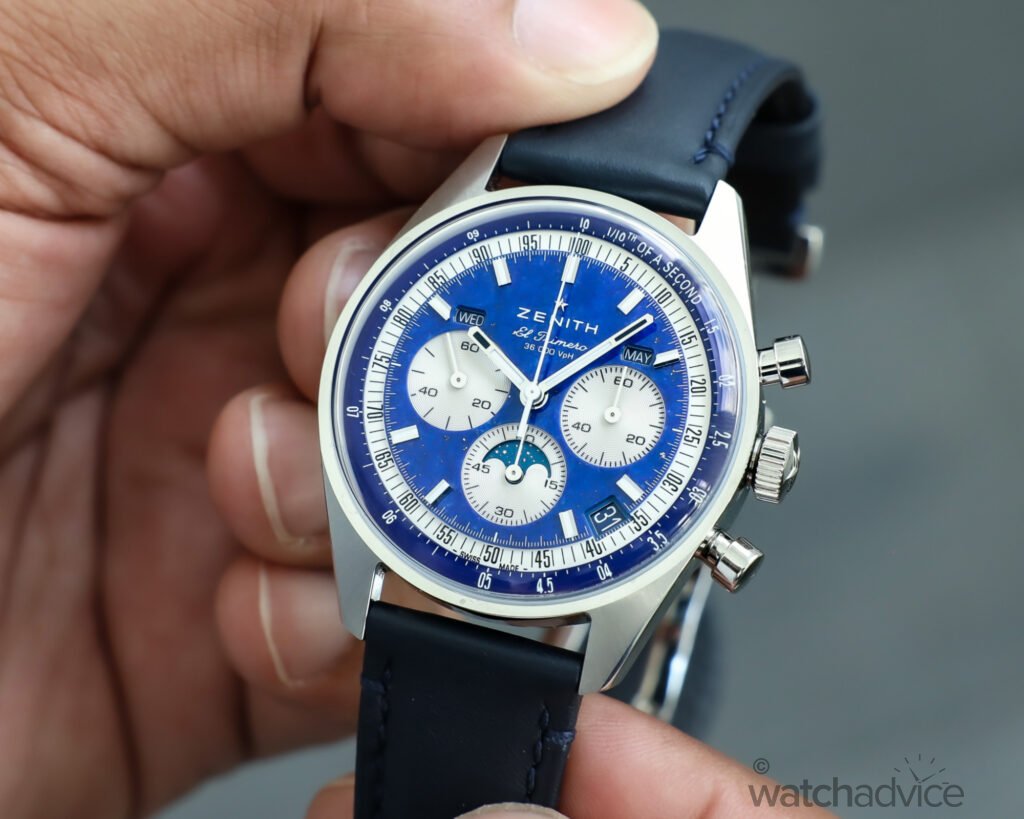
This cultural shift has prompted both established and emerging brands to answer. In many ways, it’s been a creative catalyst. Taking TAG Heuer as an example again, with its major creative and operational shakeup just prior to the pandemic. Under the leadership of Frédéric Arnault, and with key figures like Nicholas Biebuyck and Carole Forestier-Kasapi on board, TAG Heuer began to realign. They recognised that a growing wave of customers was seeking watches with stories, not just status, and responded accordingly. Releases like the Skipper and the Formula One Solargraph became smash hits and brought the Swiss brand unprecedented levels of media attention.
This same trend is now beginning to reshape the middle market. Brands that once tried to catch attention through mass appeal are now embracing either heritage-forward aesthetics or bold, creative experimentation. Two standout examples? The modern Baume & Mercier Riviera line and the Raymond Weil Millesime — the latter of which, as you probably know, I’ve praised ad nauseam.
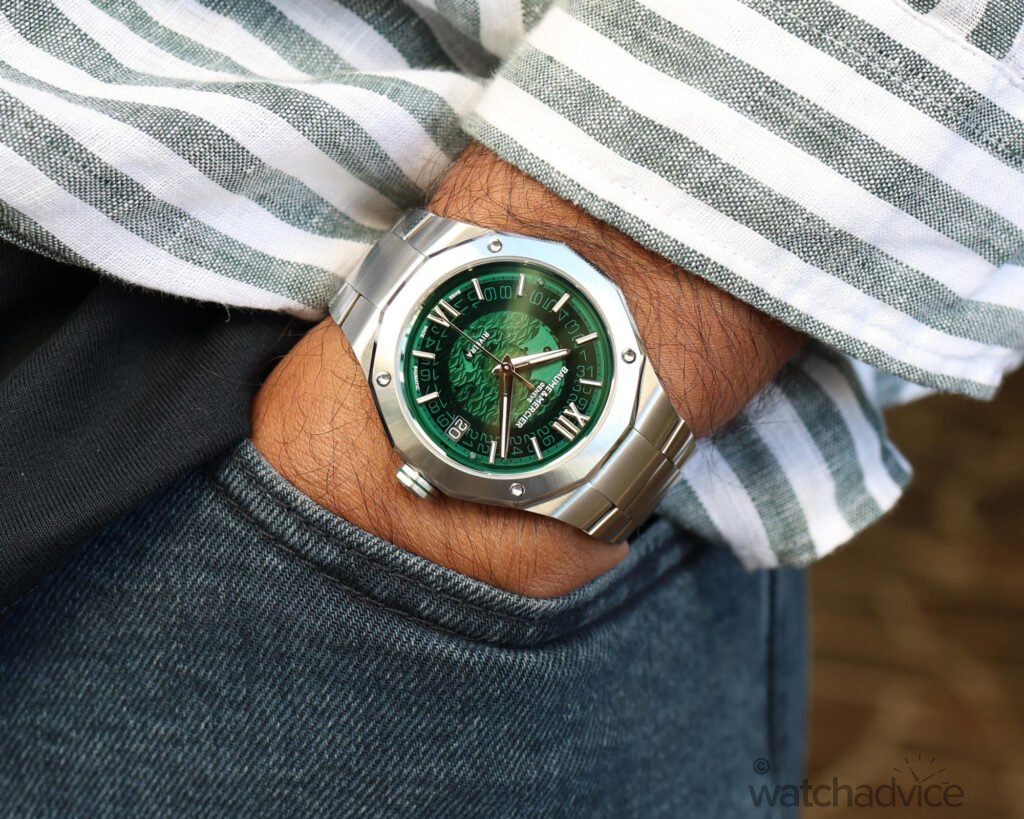
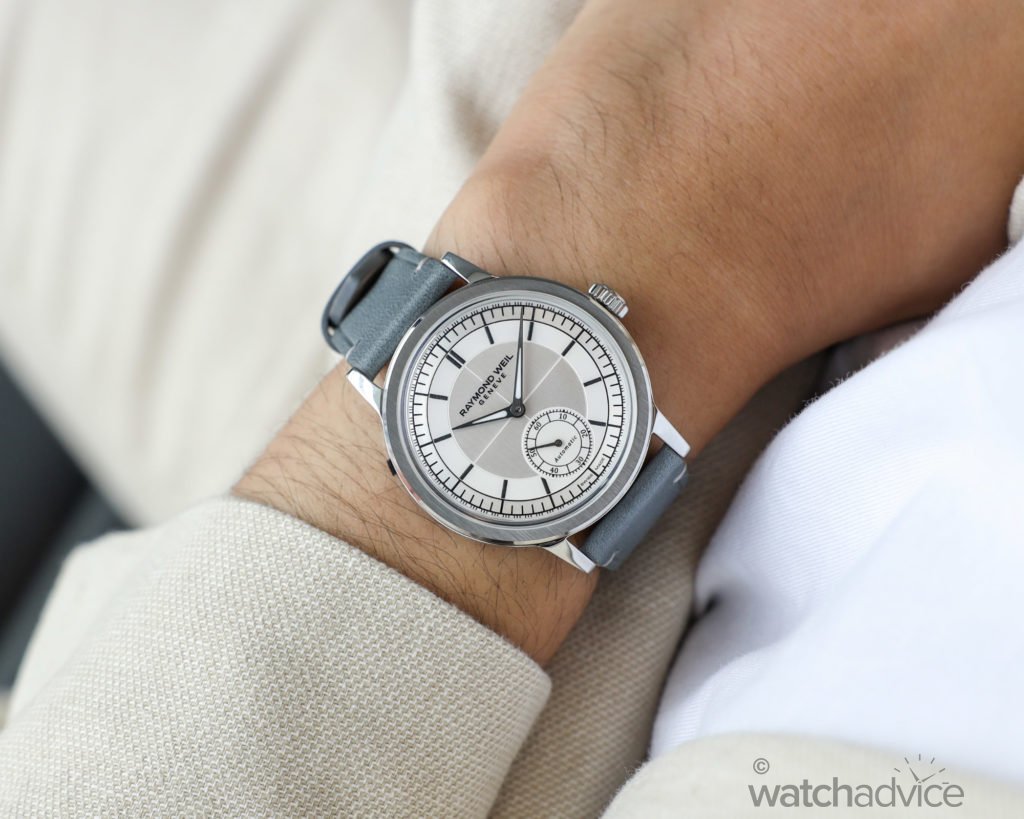
With Baume & Mercier, reviving the Riviera — originally a 1973 release and one of the earliest integrated-bracelet sport watches — was a masterstroke. Relaunched toward the tail end of the pandemic, right as flipping fever had begun to cool, the new Riviera gave enthusiasts something fresh to rediscover. Not only was it a tasteful nod to a pioneering design, but it also came in at a luxurious yet attainable price point, making it an unexpected highlight of the post-pandemic watch landscape.
Raymond Weil’s Millesime, meanwhile, might not have a direct archival lineage, but it felt like a revelation. Clean, dressy, and distinctively refined, it cut through the noise of over-commercialised offerings and hit the right note with enthusiasts. So much so that it earned the brand a GPHG award — the equivalent of a watch-world Oscar — in 2023, kickstarting one of their most celebrated collections to date.
Get Smart
Finally, with this growing interest in watches as extensions of a brand’s story, there’s also been a marked shift in buyer mentality — one increasingly centred on long-term satisfaction. While many collectors still treat watches as mobile investment portfolios, a rising number of enthusiasts simply want to buy once and buy right. In a volatile economy, the fear of buyer’s remorse is very real — and more watch lovers are weighing their choices carefully.
That’s where the middle market finds its foothold again. In a landscape where choosing between a luxury watch and, say, your next meal shouldn’t even be a question, the desire for something value-driven, long-lasting, and still aesthetically striking becomes more relevant than ever.
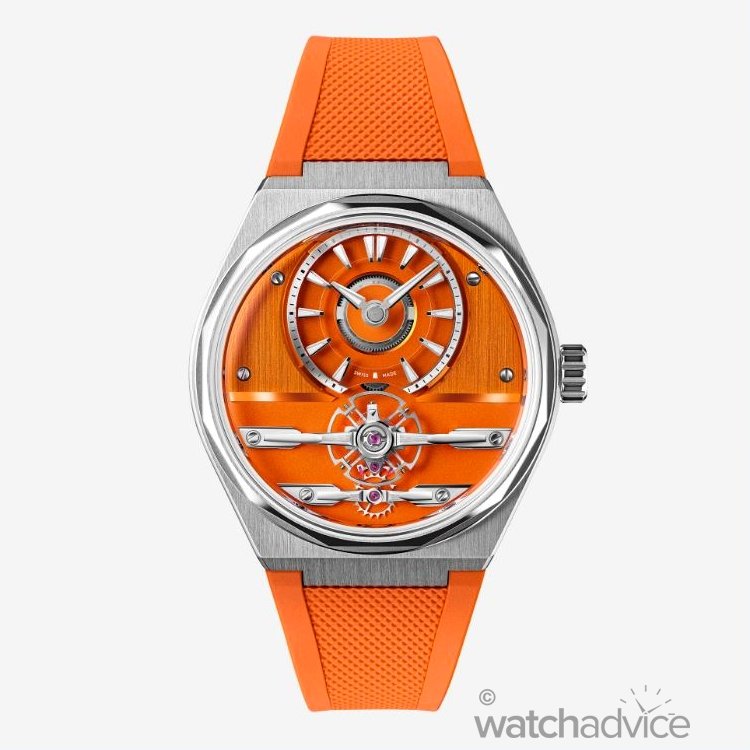
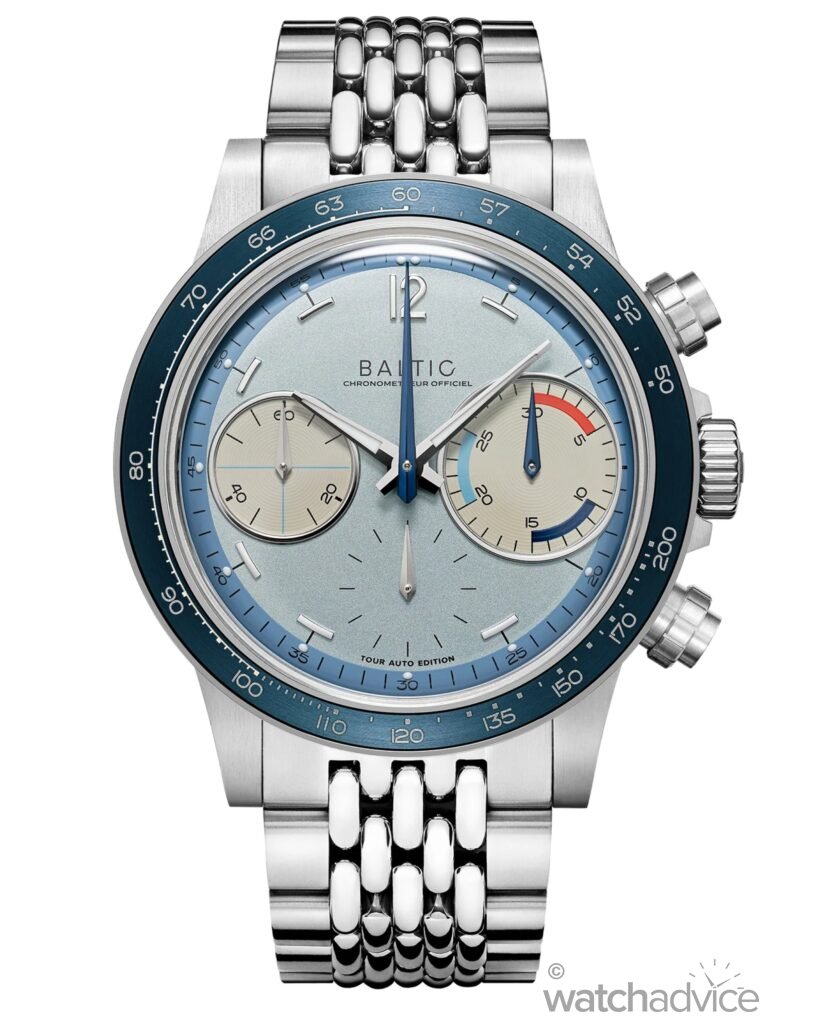

Why? Because these watches feel less like a gamble. From an economic standpoint, it’s a simple case of opportunity cost: if the price of a watch you like exceeds your willingness to pay, your perceived benefit is diminished. But if a lesser-known brand offers a compelling design, strong specs, and a great story at a lower price point — say AU$3,500 versus AU$9,000 — the net satisfaction might actually be greater. And increasingly, buyers are leaning into that logic. It’s why we’ve seen a noticeable uptick in interest around brands once seen as fledgling players. Christopher Ward, Baltic, and NOMOS — among many others — are gaining traction like never before, precisely because they offer the kind of meaningful value luxury brands are drifting away from.
Of course, this doesn’t discount the importance of subjective factors — aesthetics, heritage, emotional connection — but that’s exactly why today’s buyer is more discerning. With prices climbing and perceived value falling, the middle market is no longer a part of the journey. For many, it’s now the destination.
Final Thoughts
In many ways, the luxury watch industry finds itself at a crossroads. The top of the market continues to soar, pricing itself further into exclusivity, while the foundation it was built on — emotional connection, storytelling, and a desire for craft — has quietly started to shift down the price spectrum. As collectors recalibrate what value means to them, the middle market isn’t just holding the line; it’s evolving.
This isn’t a return to the middle market of decades past, where compromise was the cost of entry. Instead, it’s a smarter, more confident middle market — one defined by creativity, transparency, and a growing sense of independence. These brands aren’t chasing the high-end giants; they’re carving out new lanes, offering thoughtful design and impressive watchmaking without demanding a second mortgage in return.
And for the consumer, that’s exactly the point. When prestige alone no longer justifies the price tag, and when resale value isn’t a guaranteed safety net, buyers start to look inward. What resonates? What will last? What actually feels worth it?
In this environment, the middle market doesn’t just survive — it’s now essential. It bridges the gap between aspiration and reality, between storytelling and substance. And if this momentum continues, the most exciting chapter in watchmaking might not be written by the biggest brands, but by the ones who dared to meet collectors where they are.
If there’s a detail we missed — or if you have any questions, comments, suggestions, or even complaints — be sure to let us know on our Instagram page.


